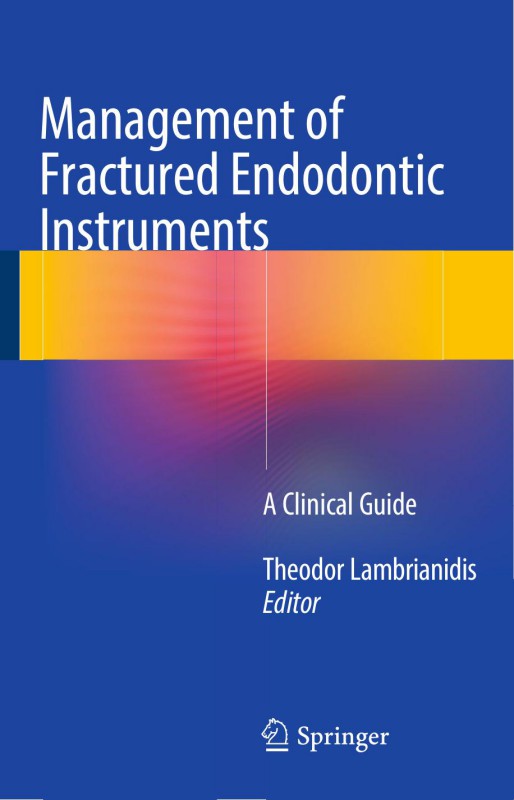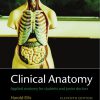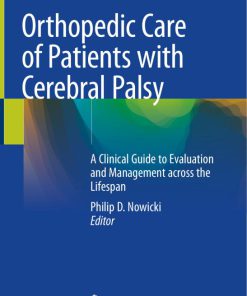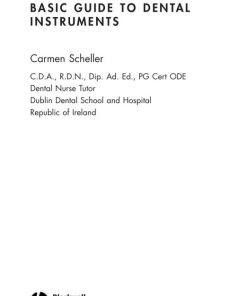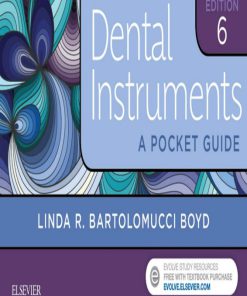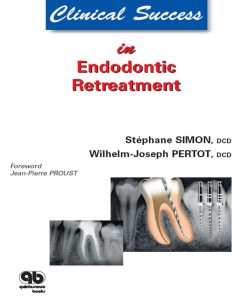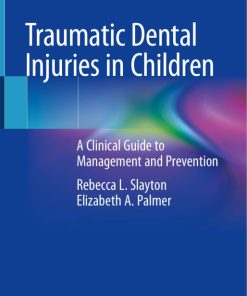Management of Fractured Endodontic Instruments A Clinical Guide 1st Edition by Theodor Lambrianidis ISBN 3319606514 9783319606514
$50.00 Original price was: $50.00.$25.00Current price is: $25.00.
Authors:Unknown , Author sort:Unknown , Published:Published:Sep 2017
Management of Fractured Endodontic Instruments A Clinical Guide 1st Edition by Theodor Lambrianidis – Ebook PDF Instant Download/Delivery. 3319606514, 9783319606514
Full download Management of Fractured Endodontic Instruments A Clinical Guide 1st Edition after payment
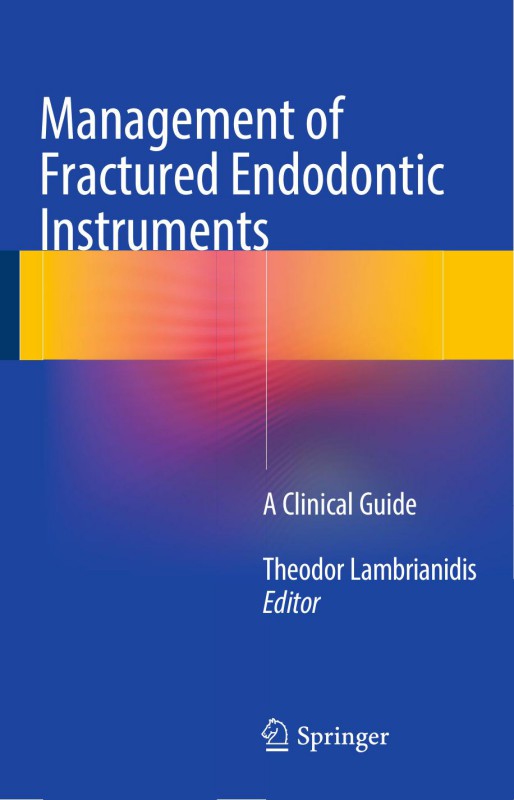
Product details:
ISBN 10: 3319606514
ISBN 13: 9783319606514
Author: Theodor Lambrianidis
This superbly illustrated book provides detailed information on the causes of instrument failure during endodontic treatment, the factors influencing the management of such cases, and the diverse management options that may be employed to resolve the problem. Readers will find clear descriptions and comparative evaluation of the available methods, techniques, and devices. Complications that may arise during the management of fractured instruments are described, and the impact of retained file fragments on the prognosis of endodontic treatment is discussed. In addition, means of preventing iatrogenic errors from occurring in the first place (the best form of management) are explained, emphasizing that the risk of instrument failure is reduced if proper guidelines are carefully considered and followed. The book will assist both endodontists and general dental practitioners in achieving an optimal outcome when confronted with the time-consuming and challenging task of dealing with a fractured instrument within the root canal – a still frequent circumstance despite the plethora of improvements in instrument design, alloy composition, and manufacturing processes.
Management of Fractured Endodontic Instruments A Clinical Guide 1st Table of contents:
1: Introduction: Prevalence of Fractured Instruments
1.1 Introduction
1.2 Incidence of Fractured Instruments
References
2: Factors Affecting Intracanal Instrument Fracture
2.1 Introduction
2.2 Operator-Related Factors
2.3 Anatomy-Related Factors
2.3.1 Access Cavity
2.3.2 Root Canal Anatomy
2.4 Instrument-Related Factors
2.5 Technique/Use-Related Factors
2.5.1 Motors-Operating Parameters
2.5.2 Instrumentation Technique
2.5.3 Reuse and Sterilization
2.5.4 Irrigants
2.6 Concluding Remarks
References
3: Mechanisms of Instrument Failure
3.1 Introduction
3.2 Failure Mechanisms of SS Files
3.2.1 Fracture Mechanisms of Hedstrom Files
3.2.2 Failure Mechanisms of Stainless Steel K-Files
3.3 Failure Mechanisms of NiTi Files
References
4: Therapeutic Options for the Management of Fractured Instruments
4.1 Introduction
4.2 Management
4.2.1 No Intervention
4.2.2 Non-surgical Management
4.2.3 Surgical Management
4.2.4 Tooth Extraction
4.3 Management Procedure
4.3.1 Steps Prior to Any Decision
4.3.1.1 Informing the Patient
4.3.1.2 Localization of the Fragment
4.3.1.3 Identification of the Fragment
4.3.2 Initiation of Management Efforts
4.3.2.1 Initiation of Management Efforts in Primary Teeth
4.3.2.2 Initiation of Management Efforts in Permanent Teeth
4.3.3 Retrieval of the Fragment
4.3.4 Chemical Means
4.3.5 Mechanical Means
4.3.6 Ultrasonics
4.3.7 Endosonic Filing
4.3.8 The File Bypass Technique
4.3.9 Holding Techniques
4.3.10 The Masserann Technique
4.3.11 The Feldman and Coauthor Technique
4.3.12 The Meitrac Endo Safety System
4.3.13 Instrument Removal System
4.3.14 The Endo Rescue
4.3.15 The Endo Extractor System
4.3.16 The Endo Removal System
4.3.17 Tube Techniques
4.3.17.1 The Endo Extractor
4.3.17.2 The Cancellier Extractor
4.3.17.3 Hypodermic Surgical Needle
Hypodermic Surgical Needle with an Adhesive
Hypodermic Surgical Needle with Hedstroem File
4.3.17.4 The Separated Instrument Removal System
4.3.17.5 The Micro-Retrieve & Repair System
4.3.18 The Mounce Extractors
4.3.19 Technique Using the Canal Finder System
4.3.20 File Retrieval System
4.3.21 The Micro-forceps Grasping Technique
4.3.22 The Wire Loop Technique
4.3.23 Softened Gutta-Percha Technique
4.3.24 Multisonic Ultracleaning System
4.3.25 Electrolytic Technique
4.3.26 Laser Irradiation (Laser-Assisted Removal of Fractured Instruments)
4.4 Surgical Endodontics to Manage Fractured Instruments
4.4.1 Timing of Surgical Management
4.4.2 Type of Surgical Procedure
References
5: Parameters Influencing the Removal of Fractured Instruments
5.1 Tooth Factors
5.2 Localization of the Fragment
5.3 Fractured Instrument Factors
5.4 Operator Factors
5.5 The Technique Chosen
5.6 Patient Factors
References
6: Comparative Evaluation of Techniques and Devices for the Removal of Fractured Instruments
6.1 Comparative Evaluation of Nonsurgical Removal Techniques
6.1.1 Ultrasonics
6.1.2 Tube Technique
6.1.3 Loop Techniques
6.1.4 Canal Finder System
6.1.5 Laser Technique
6.1.6 Electrochemical Dissolution Techniques
6.1.7 Chemicals
6.1.8 Magnets
6.1.9 Multisonic Ultracleaning System
6.1.10 Softened Gutta-Percha
6.1.11 File Removal System
6.1.12 Bypassing
6.1.13 Dental Operating Microscope
6.2 Comparative Evaluation of Surgical Techniques
References
7: Complications During Attempts of Retrieval or Bypassing of Fractured Instruments
7.1 Complications During and Following Orthograde Attempts of Removing or Bypassing Fractured Ins
7.1.1 Incidence of Complications
7.2 Complications During and Following Surgical Attempts of Fragment Removal
References
8: Prognosis of Root Canal Treatment with Retained Instrument Fragment(s)
8.1 Introduction
8.2 Effect of Fractured Instrument on Prognosis
8.3 Lower-Level Evidence
8.4 Case-Controlled Studies
8.5 Meta-Analysis
8.6 Practical Considerations
8.7 Recommendations
References
9: Prevention
9.1 Introduction
9.2 Concluding Remarks
People also search for Management of Fractured Endodontic Instruments A Clinical Guide 1st:
management of fractured endodontic instruments
management of fractured endodontic instruments pdf
management of fractured endodontic instruments a clinical guide
the impact of instrument fracture on outcome of endodontic treatment
instruments for endodontic treatment
You may also like…
eBook PDF
Basic Guide to Dental Instruments 2nd edition by Carmen Scheller Sheridan 9781118713587 1118713583
eBook PDF
Basic Guide to Dental Instruments 2nd Edition Carmen Scheller Sheridan 9781118713587 1118713583

